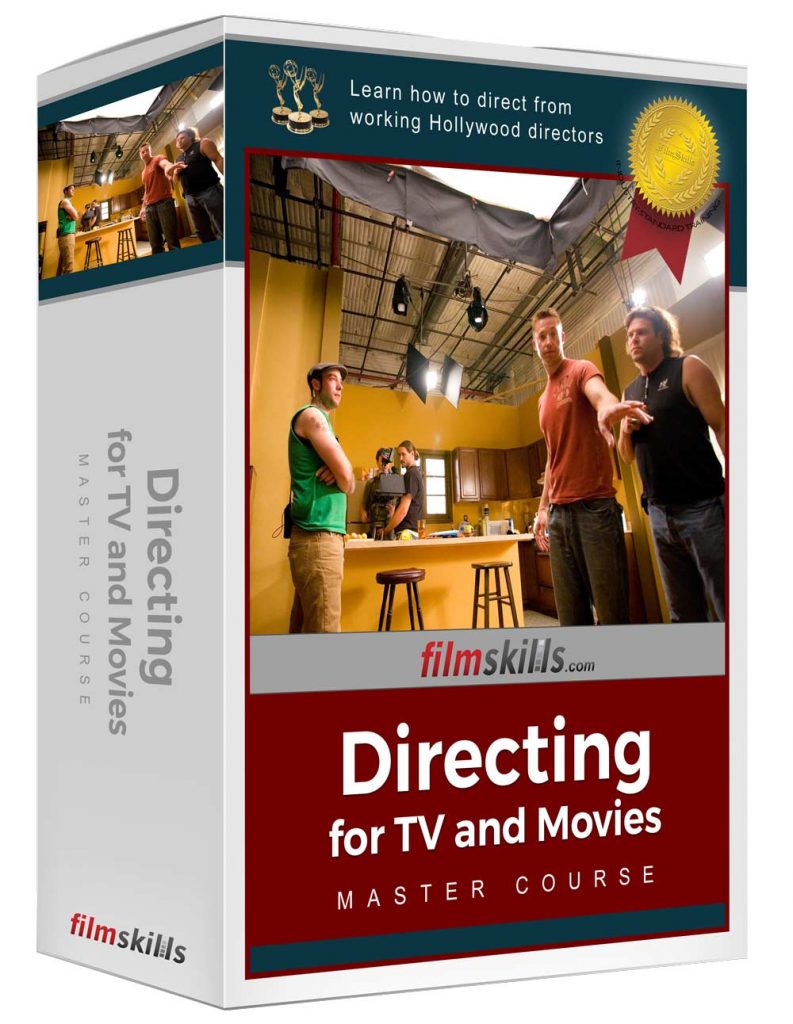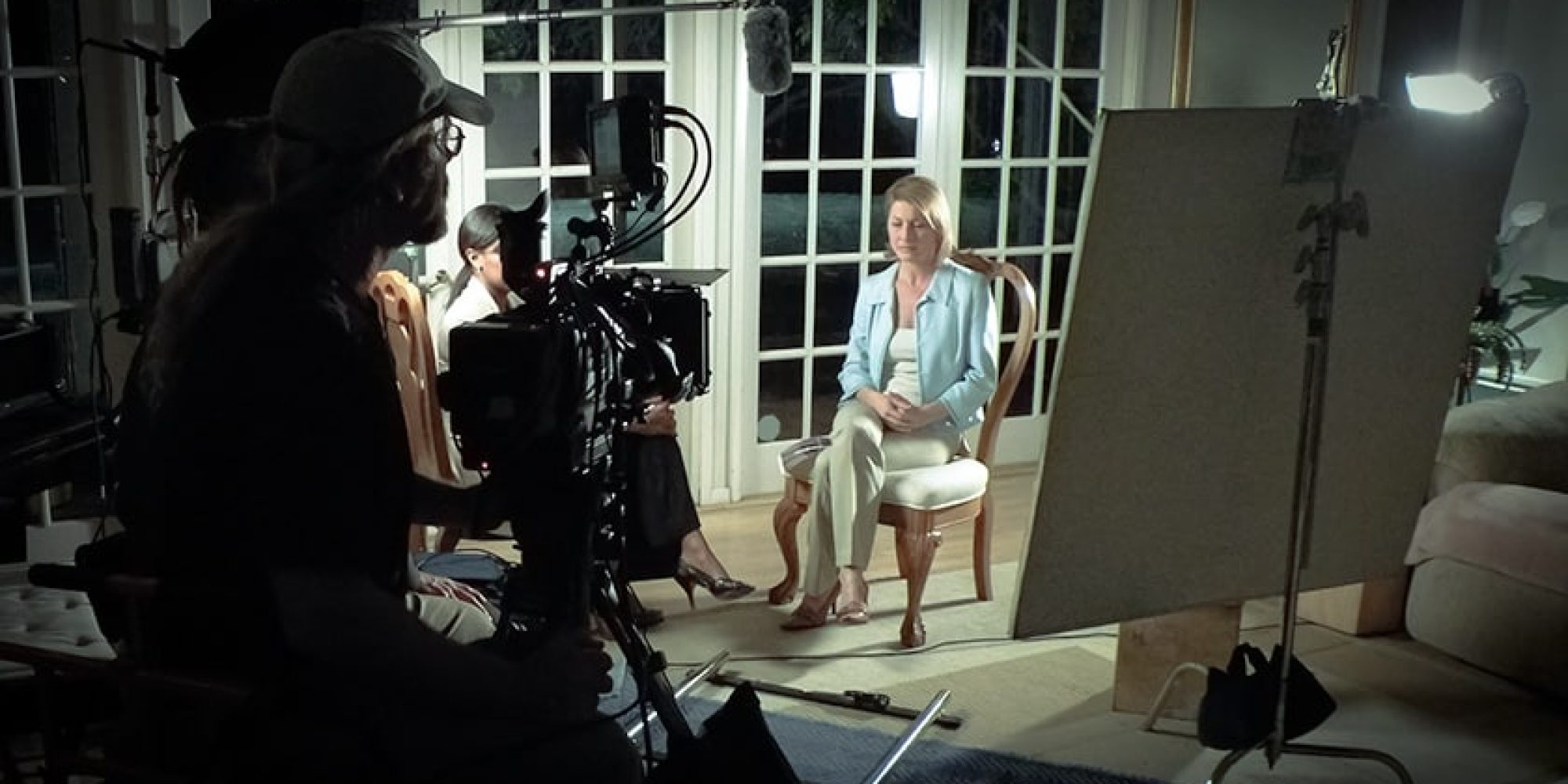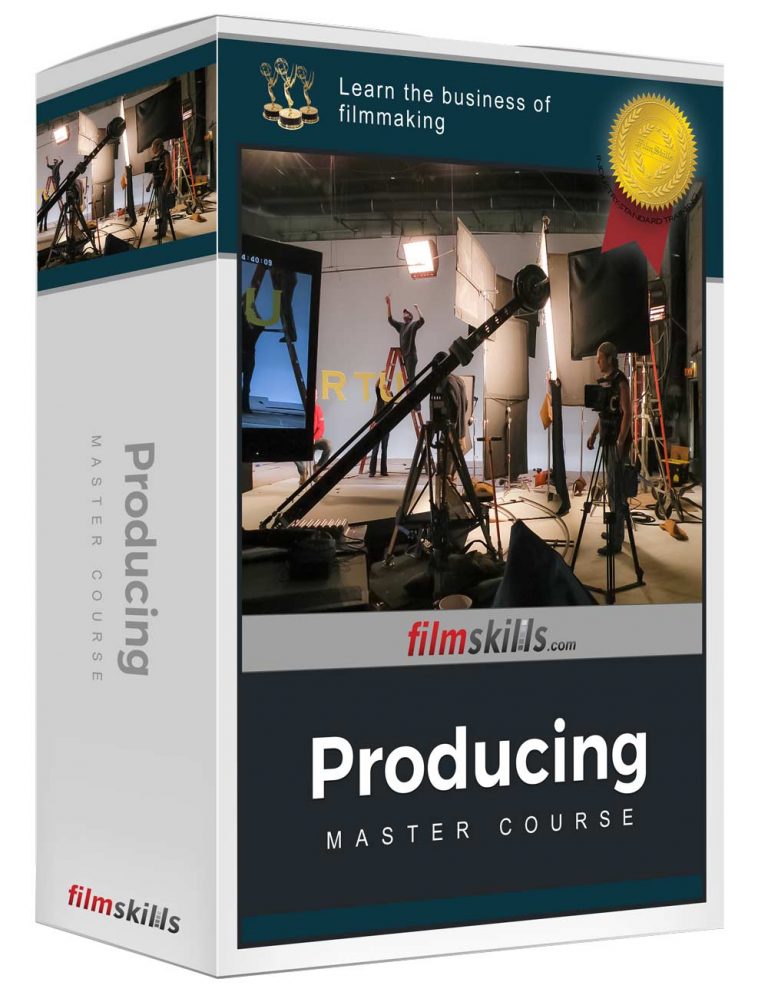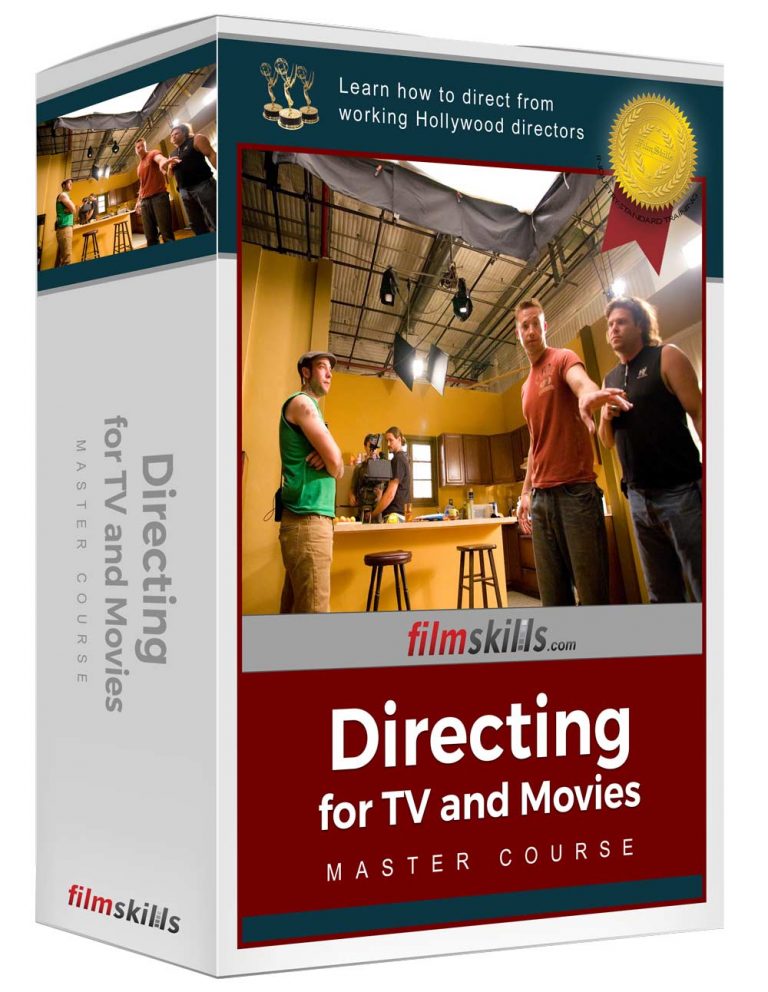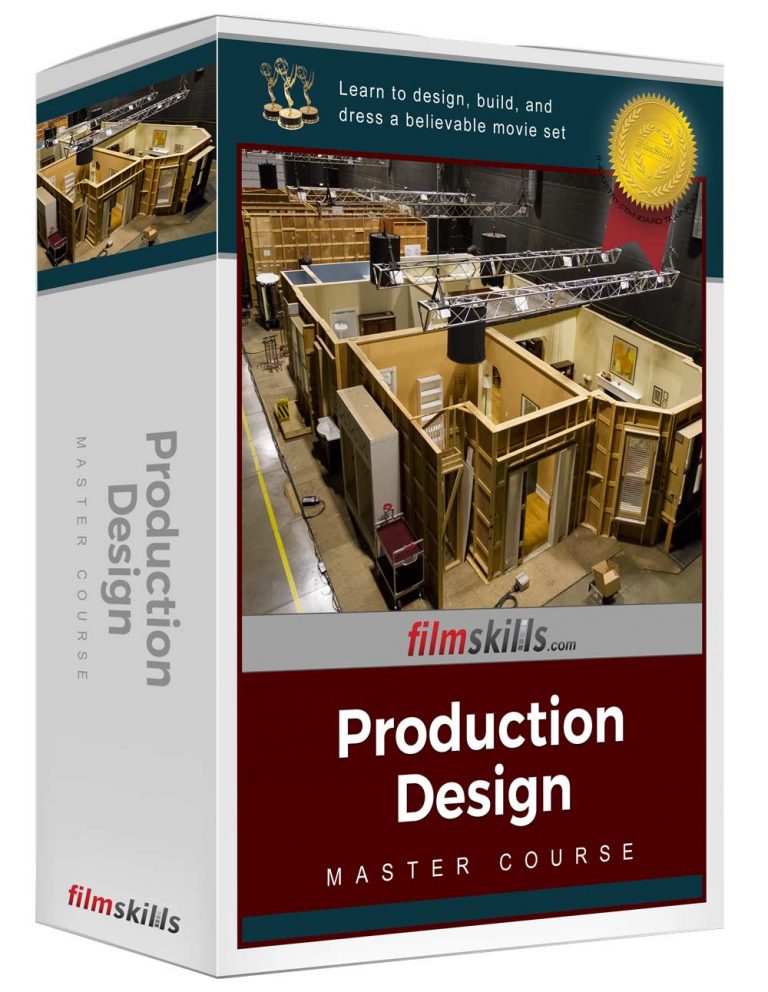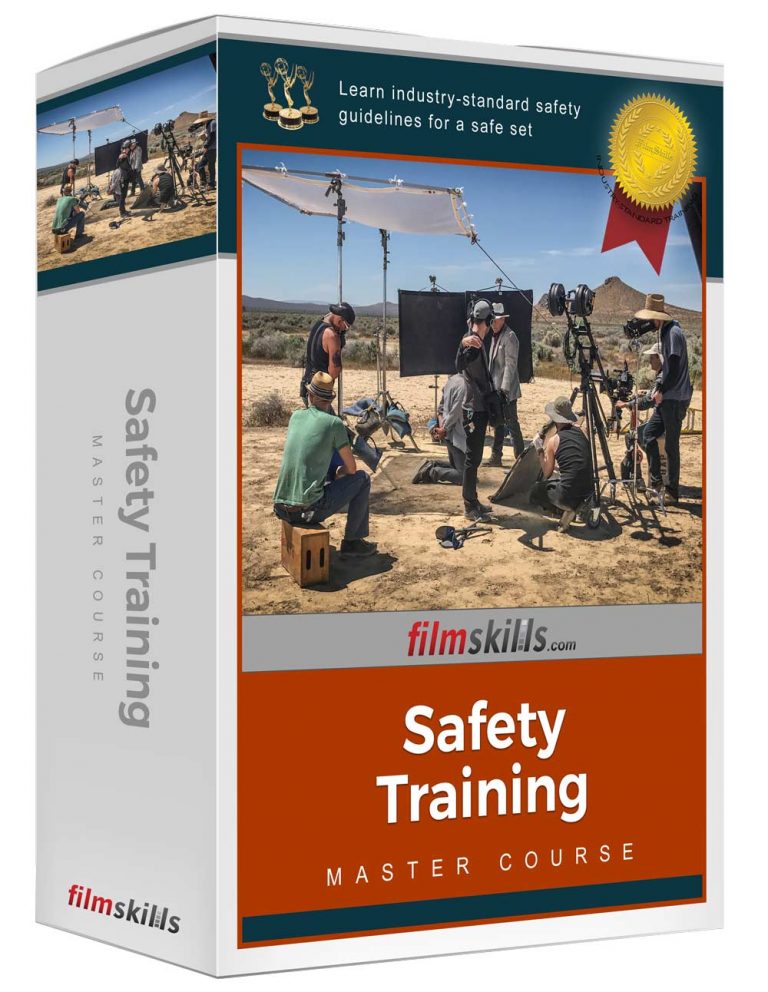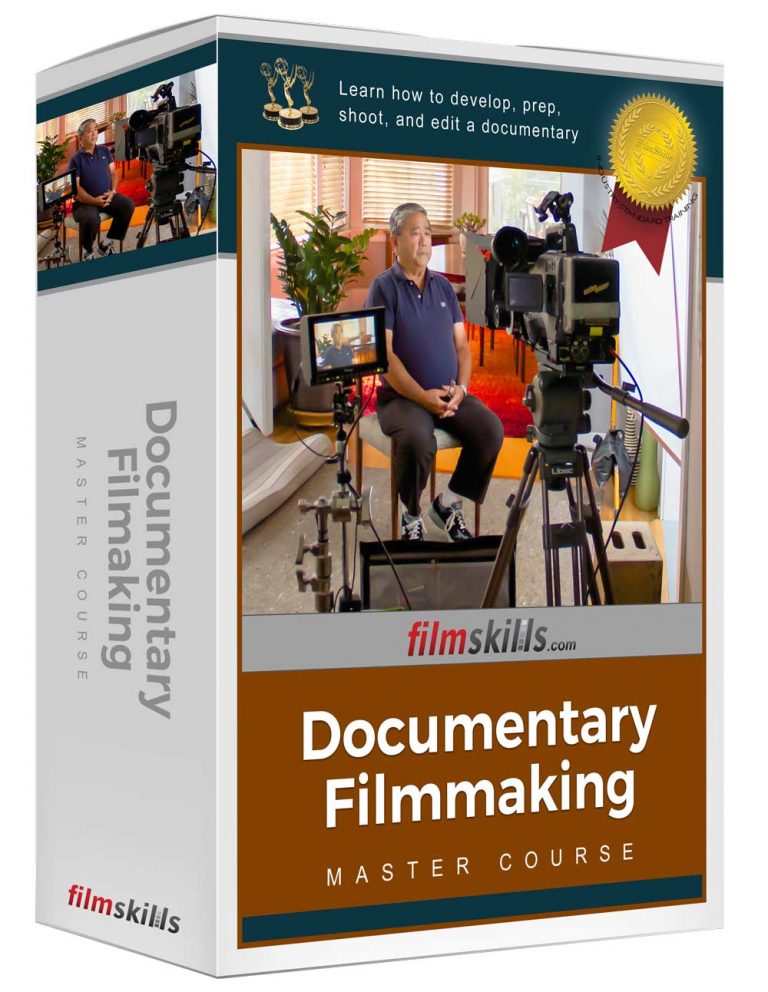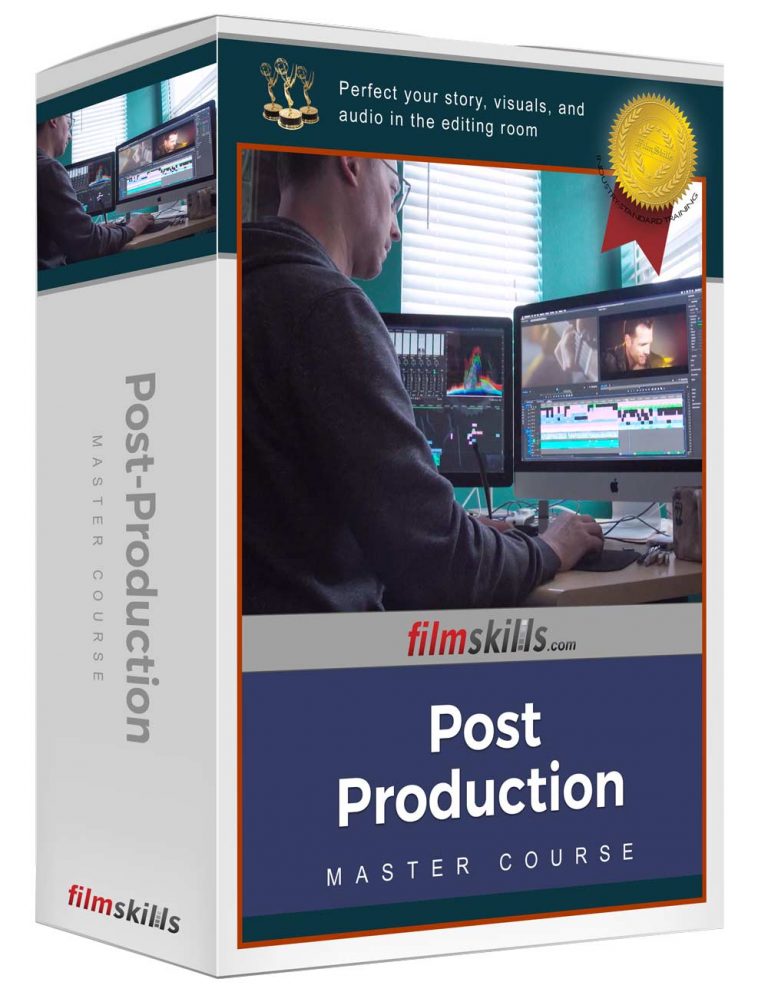Blocking is the Art of Movement
Blocking actors is one of the main responsibilities of the director. The term blocking refers to the actors’ movements on set. We like to break blocking down into two stages – macroblocking and microblocking. Macroblocking are the large movements an actor makes– where does he walk, where does he stop, where does he sit, when does he stand? Conversely, microblocking are small personal movements– opening of the newspaper, adjusting eyeglasses, taking a sip from the coffee mug. The balance is a dance between macro and microblocking is what creates a believable performance.
Of course the director is going to have an idea in his head how he thinks the actors are going to move with in the space, because he has been a part of the set design, where the furniture is placed, and that stuff. But I think it’s a good idea to put the characters in the space and see how they move in the space and how the tensions of the scene dictate their movements and where they move. Explore that a couple of times before you lock it in.
– Angela Nicholas – Actress, Deadwood
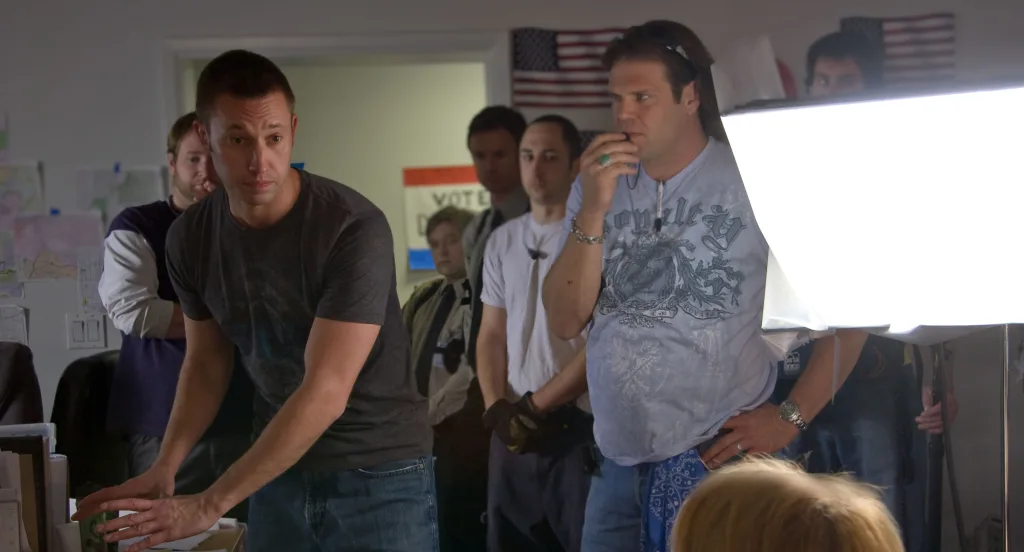
Using Space Effectively in Blocking
Blocking actors is one of the main responsibilities of the director. The term blocking refers to the actors’ movements on set. We like to break
- Consider the story and the scene: What is the purpose of the scene? What are the characters trying to convey to each other and to the audience? How do the characters’ actions and movements support the story?
- Use physical space effectively: Think about how the actors’ positions on set can help convey the story and the relationships between the characters. For example, placing two characters in close proximity to each other might suggest a close relationship, while placing them at a distance might suggest tension or distance.
- Use props and set pieces: Props and set pieces can help actors physically interact with their environment and each other, which can add depth and realism to their performances.
- Rehearse and make adjustments as needed: It’s important to rehearse the scene with the actors to make sure the blocking works effectively. If something isn’t working, don’t be afraid to make adjustments and try different approaches.
Blocking and How it Affects Cinematography
There are a few strategies you can use to minimize the amount of time it takes to light the set and move the camera when determining actors blocking on set:
- Plan ahead: It’s important to have a clear plan in place before you start blocking the actors. This might include a shot list, a storyboard, or a detailed description of the scene. This will help you visualize the blocking and camera movements in advance, which can save time on set.
- Keep the blocking simple: Complex blocking can require more time to light and more camera setup, so try to keep the blocking as simple as possible. This might mean using fewer camera setups or positioning the actors in a way that makes it easier to light and frame them.
- Use existing light: If possible, try to use the existing light on set to your advantage. This can save time on lighting setup and allow you to move more quickly between shots.
- Be flexible: Things don’t always go as planned on set, so it’s important to be flexible and willing to make adjustments as needed. If something isn’t working, don’t be afraid to try a different approach.
Overall, it’s a balancing act between maximizing the visual impact of the scene and minimizing the time it takes to set it up. By working closely with the lighting designer, cinematographer, and actors, you can find a blocking that meets these goals while also supporting the story and the mood of the scene.
